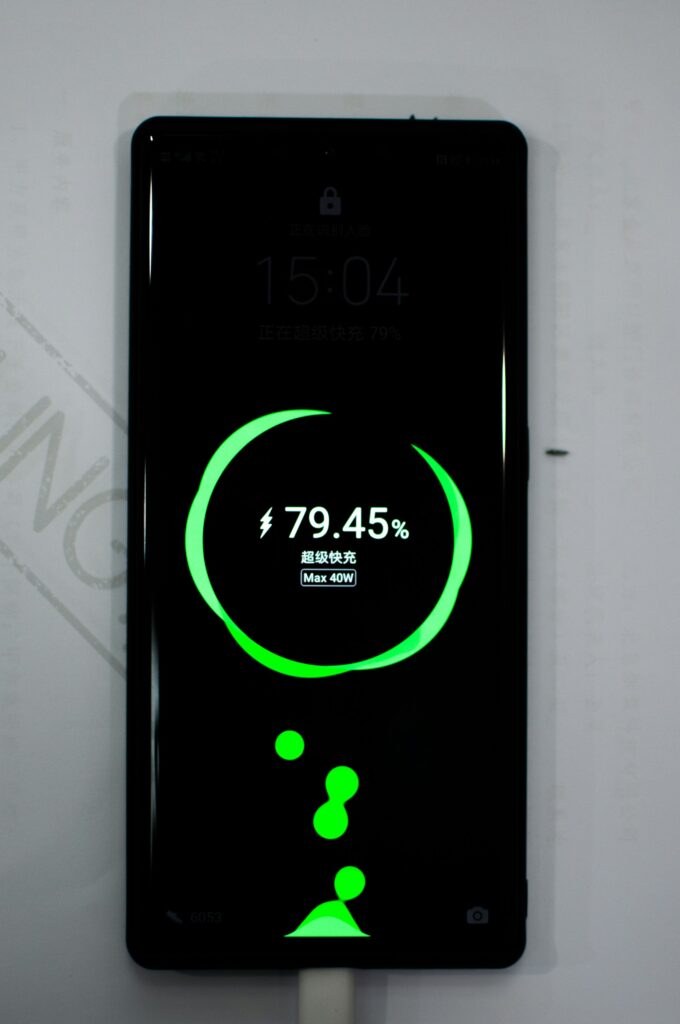Battery life is still one of the most talked-about smartphone features in 2025. Despite advancements in fast charging and power efficiency, many users find themselves reaching for the charger far too often. Whether you’re using the latest flagship or a budget-friendly device, optimizing battery performance is essential to avoid interruptions throughout your day.
This comprehensive guide shares the most effective and updated tips for improving your phone’s battery life — including new tricks suited to modern Android and iOS devices.
1. Turn On Battery Saver or Low Power Mode
Modern smartphones come with built-in battery optimization modes:
- On Android: Most phones feature a “Battery Saver” option that limits background activity, restricts app usage, and reduces screen brightness.
- On iOS: Enable “Low Power Mode” to limit background refresh, auto-downloads, and some visual effects.
These modes are particularly helpful when your phone is below 20% or when you’re away from a charger for extended periods.
2. Manage Background App Activity
Apps running in the background can drain battery without your knowledge.
Android:
- Go to Settings > Battery > Background Usage Limits.
- Set unused apps to “Restricted” or “Optimized.”
iOS:
- Navigate to Settings > General > Background App Refresh and toggle it off for non-essential apps.
You’ll reduce battery usage and even save on mobile data by limiting background sync.
3. Reduce Screen Brightness and Timeout
The display remains one of the biggest battery consumers on any smartphone.
To optimize:
- Lower your screen brightness manually, especially indoors.
- Set Auto-Brightness (Adaptive Brightness) to help adjust based on your environment.
- Reduce screen timeout to 30 seconds or 1 minute.
Some users even switch to dark mode, which can extend battery life slightly, especially on OLED screens.
4. Turn Off Location Services When Not Needed
GPS is a power-hungry feature that constantly checks your location for apps like maps, rideshare services, and weather widgets.
How to reduce GPS battery drain:
- On Android: Go to Settings > Location and disable or adjust app permissions.
- On iOS: Head to Settings > Privacy > Location Services and change access from “Always” to “While Using the App.”
Only allow essential apps to use your location in real-time.
5. Disable Unused Wireless Connections
Every active radio—Wi-Fi, Bluetooth, 5G, NFC, and even hotspot—draws power, even in the background.
Best practices:
- Turn off Bluetooth and Wi-Fi when not connected.
- Disable 5G in areas with weak signal if your phone allows switching to LTE/4G.
- Keep Airplane Mode on in areas with no signal to avoid constant searching.
This can make a noticeable difference during travel or in poor coverage zones.
6. Uninstall or Limit Battery-Draining Apps
Certain apps are infamous for draining power due to background activity, push notifications, or inefficient coding.
Common offenders:
- Social media (Facebook, TikTok, Snapchat)
- Streaming apps
- Navigation apps
- Live wallpaper or weather apps
Use built-in tools:
- On Android: Settings > Battery > Battery Usage.
- On iOS: Settings > Battery, then check “Battery Usage by App.”
If an app drains too much battery, either uninstall it, use a web version, or limit its background permissions.
7. Update Your Phone and Apps
Manufacturers and app developers frequently release updates that fix battery issues or improve power optimization.
- Enable auto-updates in Google Play or the App Store.
- Install system updates as soon as they’re available.
Outdated firmware or buggy apps may quietly drain power due to poor resource management.
8. Limit Push Notifications
Every ping from a notification wakes up your phone—even if the screen doesn’t light up.
To optimize:
- Disable non-essential app notifications via Settings > Notifications.
- Use “Silent” or “Summary” modes for social or news apps.
- On Android, consider using “Do Not Disturb” modes during work or sleep hours.
Not only will you save battery, but you’ll also cut down on distractions.
9. Turn Off Always-On Display (AOD)
While the Always-On Display is convenient, it does use energy — even if minimal.
- On Samsung, Pixel, and OnePlus phones, turn it off from Display > Lock Screen > Always-On Display.
- On iPhones (14 Pro and up), you can disable AOD in Settings > Display & Brightness.
This feature may only drain 1–3% of battery daily, but it adds up over time.
10. Optimize Charging Habits
Contrary to older myths, charging behavior does affect battery health over the long term.
Best practices in 2025:
- Avoid letting your battery drain to 0% too often.
- Unplug your phone once it reaches 80–90% if you’re not using “optimized charging.”
- Use the original charger or a certified fast charger.
- Enable Battery Protection Mode if available (Samsung, OnePlus, and some Xiaomi phones now offer this feature).
These habits can extend battery life cycles, maintaining long-term health.
11. Use Lite or Web Versions of Apps
Heavy apps like Facebook or Instagram have “Lite” counterparts designed for less data and power consumption.
You can also use the browser version for occasional use:
- Open social platforms in Chrome or Safari.
- Bookmark frequently used pages on your home screen.
Less background syncing and smaller memory footprints lead to longer battery life.
12. Use Static Wallpapers and Reduce Visual Effects
Live wallpapers and animations look great but can drain the battery more than you realize.
To conserve battery:
- Choose static wallpapers.
- Reduce motion and transition effects in system settings.
- Use minimal widgets—especially those that refresh often like news or weather.
This is especially helpful on older or mid-range phones that aren’t as power efficient.
13. Enable Adaptive Battery Features
Phones in 2025 are smarter than ever, with built-in AI that learns your usage patterns.
- On Android: Enable “Adaptive Battery” in Settings > Battery.
- On iOS: Battery Health & Charging > “Optimized Battery Charging” helps manage charging patterns.
These features help extend both daily life and long-term battery health by learning your habits and cutting off unnecessary activity.
14. Consider Power Banks or Battery Cases
If you’re consistently away from outlets or use your phone intensively, external battery solutions are still very relevant.
- A reliable power bank ensures backup during travel.
- Battery cases are available for select iPhones and flagship Androids.
- Wireless charging power banks are increasingly compact and convenient in 2025.
Sometimes, having extra juice on hand is the best strategy of all.
Final Thoughts
While battery capacity on smartphones has improved steadily, the way we use our phones in 2025—constant streaming, gaming, GPS, and multitasking—can still drain even the largest battery.
By adopting the strategies above, you can dramatically increase screen-on time and reduce the frequency of charging throughout the day. Combining software tweaks, smart hardware use, and better habits offers the best long-term solution to battery frustration.



